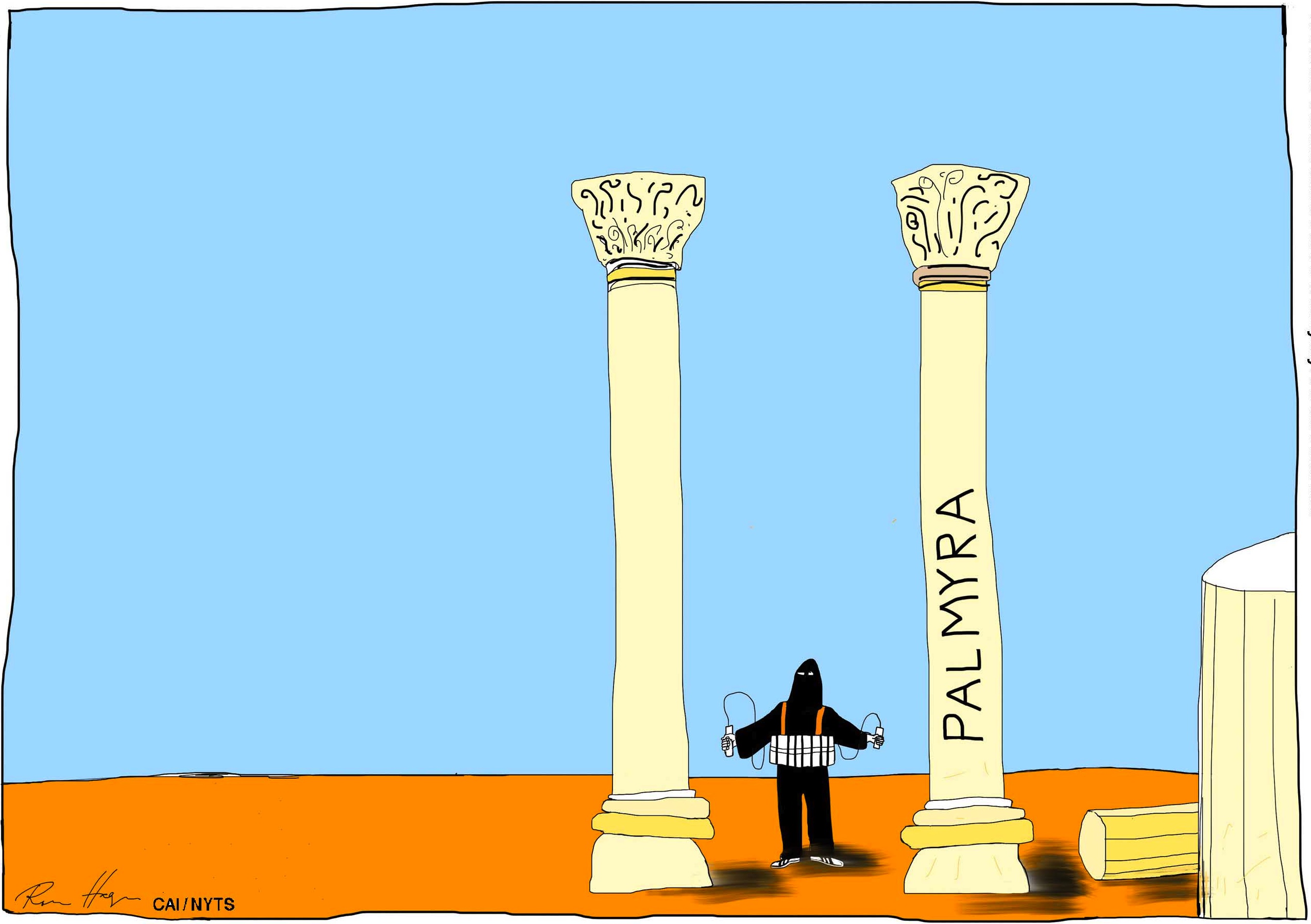The Islamic State militant group recently smashed several art pieces at the Palmyra UNESCO World Heritage site, in the Syrian city of that name. Even more brutally, they beheaded 82-year-old Khaled al-Assad, one of Syria's most respected archaeologists, who had been the keeper of Palmyra for more than 50 years.
In Yemen, the recent damage of three out of four United Nations World Heritage sites is one more of the unfortunate consequences of a war that has already killed over 2,000 people and displaced more than 1 million others. The damage to the sites, listed as cultural heritage of humanity by UNESCO, is another sad reminder of the brutality of war.
The Yemeni heritage sites have been bombed by the Arab coalition forces, with United States support. The old city of Shibam, which dates to the 16th century, is one of the affected sites. One of the best examples of urban planning based on the principle of vertical construction, the city is known as the "Manhattan of the desert," and is characterized by sun-dried mud-brick tower houses that rise out of Wadi Hadramaut.


















With your current subscription plan you can comment on stories. However, before writing your first comment, please create a display name in the Profile section of your subscriber account page.